Pixel 10 Pro vs iPhone 16 Pro: Which one is the better Pro?
There's a fierce battle of the compact flagships with "Pro" in their names coming our way. Who will win it? The new Pixel 10 Pro or the reigning champion - the iPhone 16 Pro?
We may earn a commission if you make a purchase from the links on this page.

Intro
Get ready for the battle of the Pros! In the red corner we have the newly announced Google Pixel 10 Pro, an evolution of the previous model, retaining the new look and feel the company brought with the Pixel 9 series.
In the blue corner—the compact and powerful iPhone 16 Pro, tried and tested with everything a Pro iPhone brings but in a compact package. Which one of these will be able to win people's hearts and hard-earned money? Time to find out!
Pixel 10 Pro vs iPhone 16 Pro differences:
| Pixel 10 Pro | iPhone 16 Pro |
|---|---|
| Same design as the Pixel 9 Pro, more or less | Flat sides, front and back, similar design |
| Same building materials, size and weight | Glass-and-metal, 199 grams |
| Similar camera setup with a 48MP telephoto, 50MP main | 48MP main, 48MP ultrawide, 12MP telephoto camera setup |
| 1-120Hz LTPO screen, 3300 nits | 1-120Hz ProMotion display, 2000 nits brightness |
| Same screen size, better resolution, pixel density | 6.3-inch display, 1206 x 2622 pixels resolution |
| Google Tensor G5 chipset (3nm, new manufacturer) | Apple A18 Pro (3nm) |
| 16GB of RAM | 8GB of RAM here |
| Bigger 4,870 mAh battery, better battery life potentially | 3,582 mAh battery |
| Potentially faster 30W charging speeds 15W Qi2 wireless | 50% in 30 minutes wired, 25W wireless charging |
| The same $999 base price | $999 for the 8/128GB model |
Table of Contents:
Also read:
Design and Size
Who copied who?

Google made a sudden design change back with the Pixel 9 series, abandoning the curved sides and the Camera Bar for a more flat-like approach. Now, some might say that this move was inspired by the iPhones and Galaxies of late, and this may very well be true.
The Pixel 10 Pro follows the same design language as its predecessor. Which means that this latest Pixel Pro is very similar to the iPhone 16 Pro in terms of size, weight, and overall looks, barring the camera housing. The Pixel is a tad taller and thicker, but not by much.
| Pixel 10 Pro | iPhone 16 Pro |
|---|---|
| Thickness 8.6 mm | Thickness 8.3 mm |
| Dimensions 152.8 x 72 | Dimensions 149.6 x 71.5 |
| Weight Around 207 grams | Weight 199 grams |
There's a difference when it comes to building materials, though. The Pixel 10 Pro features the same aluminum frame as its predecessor, while the iPhone 16 Pro relies on Grade 5 titanium. The tempered glass that protects the front and back of both phones is also different. Apple uses Ceramic Shield, while the Pixel 10 Pro comes with Gorilla Glass Victus 2, just like its predecessor.
Google is sticking to the traditional colors, such as Porcelain and Obsidian, as well as the trendy new Jade and Moonstone. These two new hues can be seen throughout the series and represent graphite-like and light green colors, respectively. The iPhone 16 Pro, on the other hand, capitalizes on the titanium hype with the names of colors reflecting the material.
| Pixel 10 Pro colors | iPhone 16 Pro colors |
|---|---|
| Porcelain | Black Titanium |
| Obsidian | White Titanium |
| Jade | Natural Titanium |
| Moonstone | Desert Titanium |
Display Differences
Brightness is king
The Pixel 10 Pro retains more or less the same display panel as its predecessor. It's a 6.3-inch OLED with a resolution of 1280 x 2856 pixels, which translates to around 495 PPI pixel density.
In terms of brightness, the last Pixel generation was one of the brightest we've ever tested, with the Pixel 9 Pro managing 2655 nits, which is an astonishing result. We're pretty excited about the Pixel 10 Pro, as Google lists the peak brightness at 3,300 nits on the new model.
| Pixel 10 Pro | iPhone 16 Pro |
|---|---|
| Size 6.3" | Size 6.3" |
| Brightness 3300 nits (peak) | Brightness 2000 nits (peak) |
The iPhone 16 Pro is no slouch either when it comes to screen quality. The phone sports a 6.3-inch OLED with the ProMotion treatment and advertised brightness of 2000 nits. In our display test, the iPhone 16 Pro was able to output a tad over 1000 nits at 100% APL, so Google might have an advantage here.
More testing is needed to proclaim a winner in this category, so stay tuned for some hard numbers soon.
Performance and Software
A-silicon still faster
The Pixel 10 Pro comes equipped with the next-generation Tensor G5 processor. This year Google has decided to rely on TSMC for the manufacturing and has also created a completely new architecture, rather than using the old Exynos-based one. This might bring some performance and efficiency gains, but we have to do the usual test in our lab to see what's what.
All that being said, the Apple A18 Pro chipset remains one of the fastest in the industry, and we don't see how the new Tensor is going to change that. The iPhone 16 Pro managed 3330 and 8044 points in the Geekbench single- and multicore tests, respectively, so this round will probably go to the iPhone, at least in raw performance.
Google promises a 34% increase in CPU performance compared to the Tensor G4, and if we do the math (tests pending), we arrive at around 2400 and 6000 points in Geekbench single- and multi-core tests, respectively.
Google promises a 34% increase in CPU performance compared to the Tensor G4, and if we do the math (tests pending), we arrive at around 2400 and 6000 points in Geekbench single- and multi-core tests, respectively.
| Pixel 10 Pro | iPhone 16 Pro |
|---|---|
| Chip Google Tensor G5 | Chip Apple A18 Pro |
| Process 3nm | Process 3nm |
| RAM 16GB | RAM 8GB |
Android flagships have an intrinsic advantage when it comes to the total amount of RAM, but the way iOS handles apps and tasks negates this "on paper" advantage. The same goes for the Pixel 10 Pro vs iPhone 16 Pro.
The former comes equipped with 16GB of RAM, while the iPhone has half of that at 8GB. This won't translate into any real-life advantage, especially given how far behind Apple Intelligence is at the moment.
The Pixel 10 Pro launched with Android 16 out of the box, and will be supported for seven long years. The iPhone 16 Pro comes with iOS 18, upgradable to iOS 26. In terms of support, the Pixel will be supported a tad longer, until 2032.
Also read:
Camera
AI and algorithms
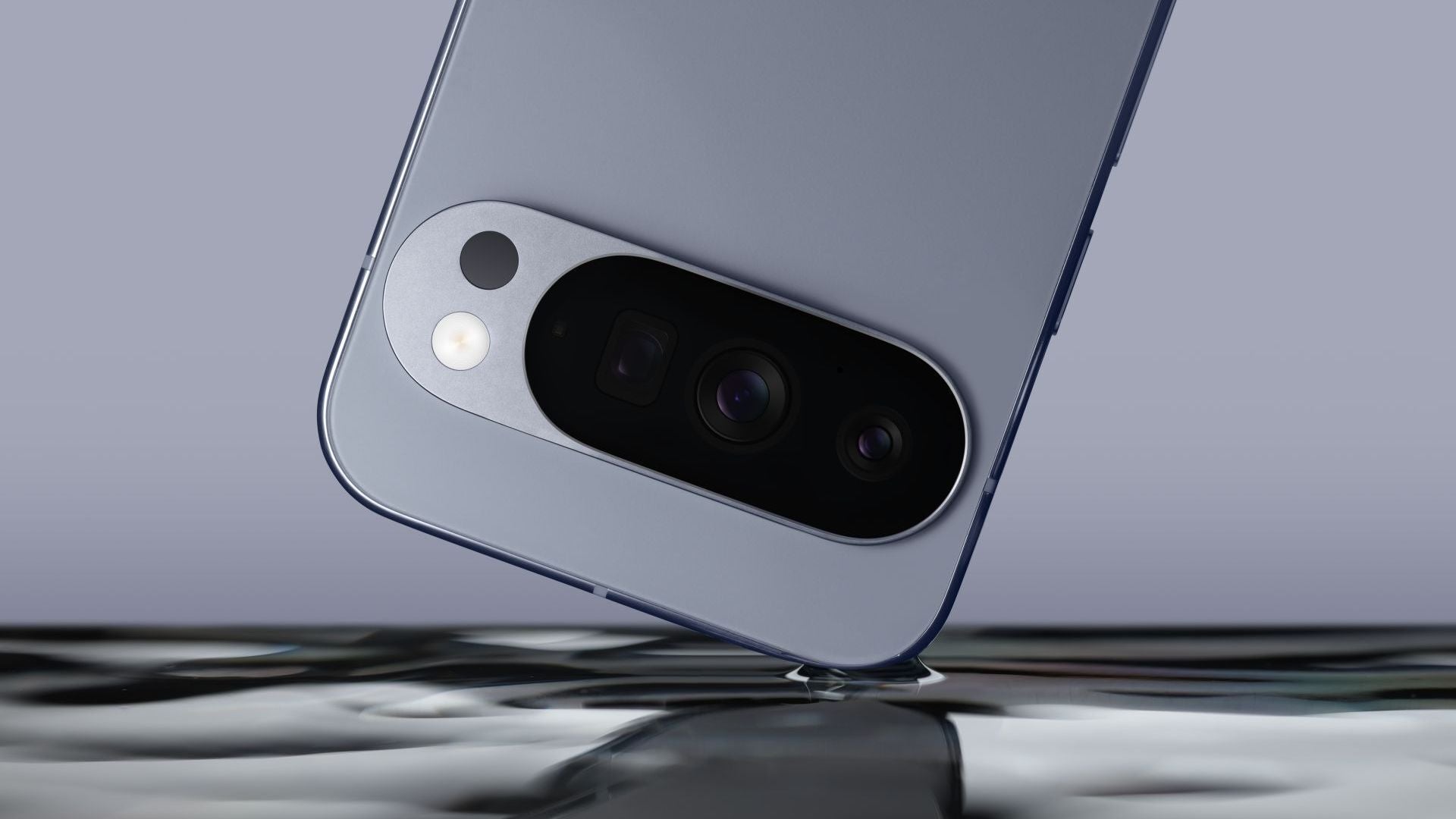
In this modern day and age, hardware upgrades to the smartphone camera systems are quite rare and spread across several generations. Most of the gains come from software updates and post-processing algorithm tweaks.
This seems to be the case with the Pixel 10 Pro, as it carries over the same camera system from its predecessor. We're talking about a triple camera setup with one 50MP main camera, one 48MP ultrawide, and a 48MP periscope telephoto with 5x optical zoom.
It's a potent system, but we'll have to test it against the iPhone 16 Pro in real-life conditions to issue a final verdict. This year Google has upped its AI game, especially in the camera department and offers new features such as Camera Coach, 100x Pro Res zoom, and upgraded Best Shot and Add Me features, all benefiting from Gemini.
This seems to be the case with the Pixel 10 Pro, as it carries over the same camera system from its predecessor. We're talking about a triple camera setup with one 50MP main camera, one 48MP ultrawide, and a 48MP periscope telephoto with 5x optical zoom.
| Pixel 10 Pro | iPhone 16 Pro |
|---|---|
| Main 50 MP f/1.7 25 mm (wide) 1/1.31" | Main 48 MP f/1.8 24 mm (wide) 1/1.28" |
| Ultrawide 48 MP f/1.7 13 mm (ultrawide) 123 FOV | Ultrawide 48 MP f/2.2 13 mm (ultrawide) 123 FOV |
| Telephoto 48 MP f/2.8 113mm 5x optical zoom | Telephoto 12 MP f/2.8 113mm 5x optical zoom |
Speaking of the iPhone 16 Pro, the phone scored 154 in our composite camera test (out of 158), so it's up there with the best in the business. As always, we need to snap side-by-side samples and also test the Pixel 10 Pro in the lab to produce an objective, data-driven comparison score, but the Pixel will have some tough competition.
Given the cameras are the same as last year and that the Pixel 9 Pro scored 151 in the same test, it will be neck and neck.
Battery Life and Charging
Do milliamp-hours matter?
There's a big difference in sheer battery capacity between these two phones. The Pixel 10 Pro features a 4,870 mAh battery (a tad larger than the one in its predecessor), while the iPhone 16 Pro comes equipped with a 3,582 mAh cell.
This 1,300 mAh difference might look like a lot on paper, but at the end of the day these two might be closer than expected. The Pixel 9 Pro managed 6h 53m, and it has the same battery as the Pixel 10 Pro. The iPhone 16 Pro, on the other hand, scored 6h 35m, so this will be closer than expected. Stay tuned for our battery benchmarks.
This 1,300 mAh difference might look like a lot on paper, but at the end of the day these two might be closer than expected. The Pixel 9 Pro managed 6h 53m, and it has the same battery as the Pixel 10 Pro. The iPhone 16 Pro, on the other hand, scored 6h 35m, so this will be closer than expected. Stay tuned for our battery benchmarks.
| Pixel 10 Pro | iPhone 16 Pro |
|---|---|
| Battery capacity 4,870 mAh | Battery capacity 3,582 mAh |
Charging speeds 30W wired 15W wireless (Qi2 standard) USB-C | Charging speeds 27W wired 25W MagSafe wireless charging USB-C |
The Pixel 10 Pro got a tad faster wired charging compared to the last generation, capping at 30W. The more exciting part is the new Qi2 wireless certification. The Pixel 10 Pro will be able to charge wirelessly with up to 15W of power, but Qi2 brings magnets and new accessories (much like MagSafe), and Google has some first-party chargers to go with the Pixel 10 Pro right away. Expect more third-party accessories to start showing up pretty soon.
The iPhone 16 Pro is not much faster when it comes to charging and it already has the MagSafe system on board. These two will most likely charge similarly, but we have to test this.
Specs Comparison
Here's a quick specs comparison between the Pixel 10 Pro and the iPhone 16 Pro:
| Pixel 10 Pro | iPhone 16 Pro |
|---|---|
| Size, weight 152.8 x 72 x 8.6 mm 207 g | Size, weight 149.6 x 71.5 x 8.3 mm 199 g |
| Screen Main: 6.3" OLED 1-120Hz 3000 nits peak | Screen Main: 6.3" OLED 1-120Hz ProMotion 2000 nits peak |
| Processor Google Tensor G5 3nm | Processor Apple A18 Pro 3nm |
| Versions: 16/128GB 16/256GB 16/512GB 16/1TB LPDDR5 | Versions: 8/128GB 8/256GB 8/512GB 8/1TB LPDDR5 |
| Cameras: 50MP main 48MP ultrawide 48MP periscope telephoto 5x 42MP front | Cameras: 48MP main 48MP ultrawide 12MP periscope telephoto 5x 12MP front |
| Battery: 4,870 mAh | Battery: 3,582 mAh |
| Charging: USB-C 30W wired 15W wireless (Qi2 standard) | Charging: USB-C 27W wired 25W MagSafe wireless charging |
Summary
The Pixel 10 Pro and the iPhone 16 Pro are matched when it comes to pricing—both phones start at $999. This means they are direct competitors. Specs-wise they are also very similar, with minor differences here and there.
We need more data to proclaim the winner of this, but even at this preliminary stage it's clear that Google has been working hard to produce a true compact flagship competitor, and it succeeded with the Pixel 9 Pro. The newly announced Pixel 10 Pro will most likely cement Google's place as a third option on the US market, but will it be able to topple the iPhone 16 Pro?
We need more data to proclaim the winner of this, but even at this preliminary stage it's clear that Google has been working hard to produce a true compact flagship competitor, and it succeeded with the Pixel 9 Pro. The newly announced Pixel 10 Pro will most likely cement Google's place as a third option on the US market, but will it be able to topple the iPhone 16 Pro?
We'll have to wait and see.
Follow us on Google News



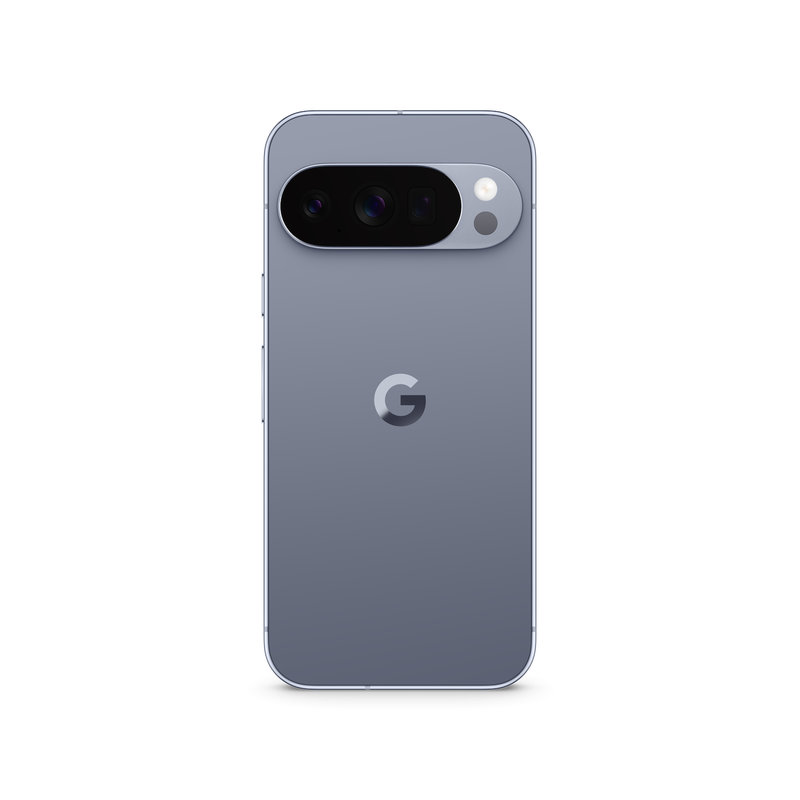
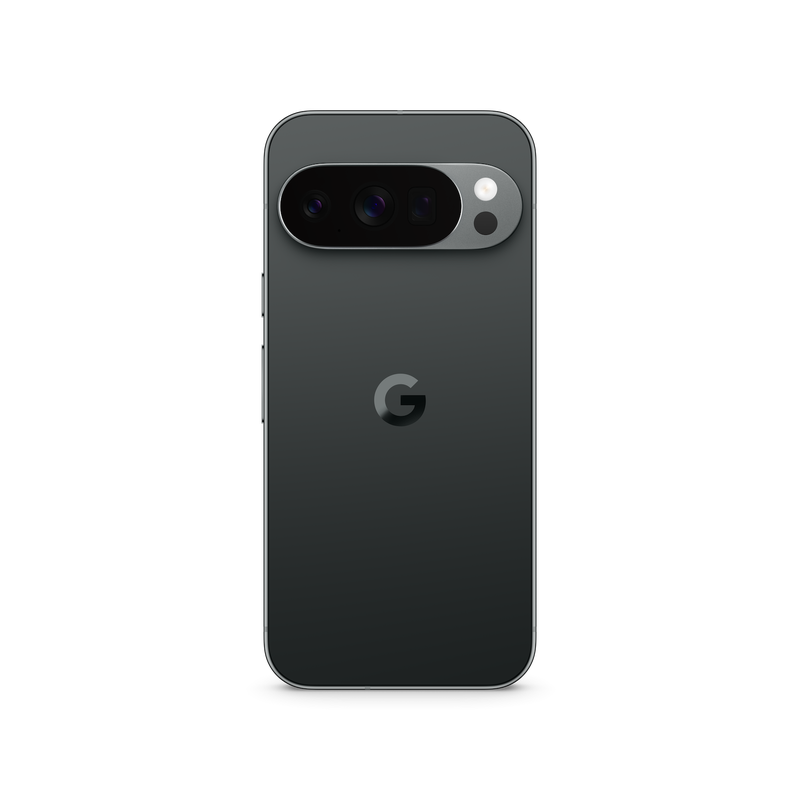
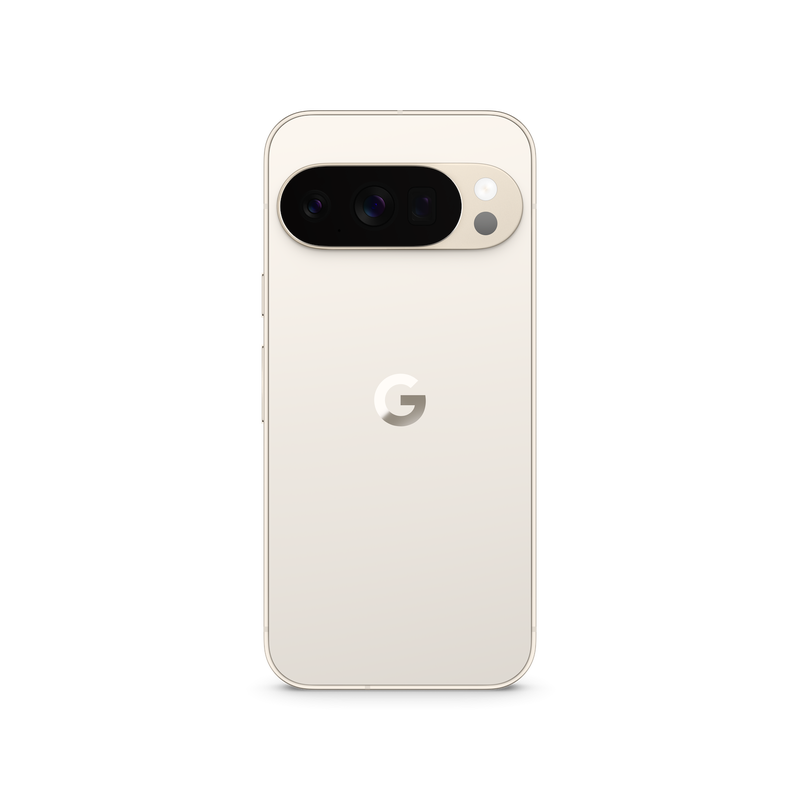


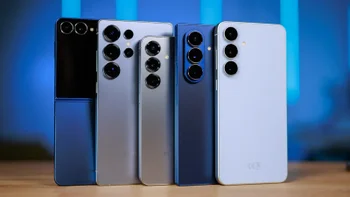

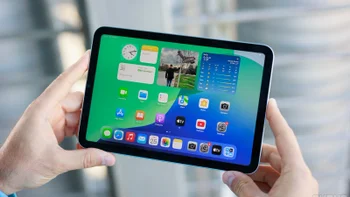
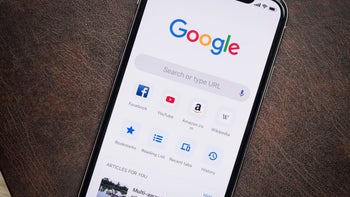


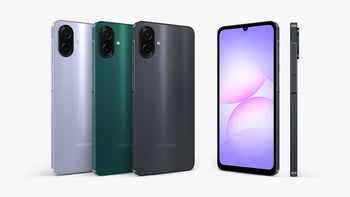
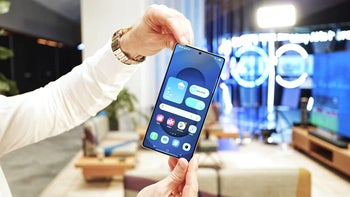
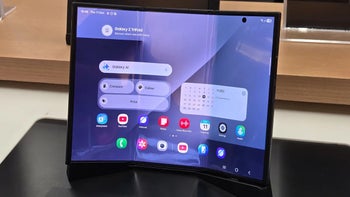
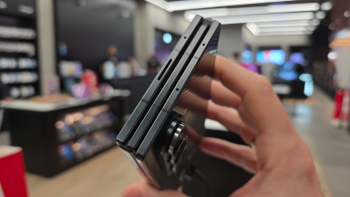
Things that are NOT allowed:
To help keep our community safe and free from spam, we apply temporary limits to newly created accounts: